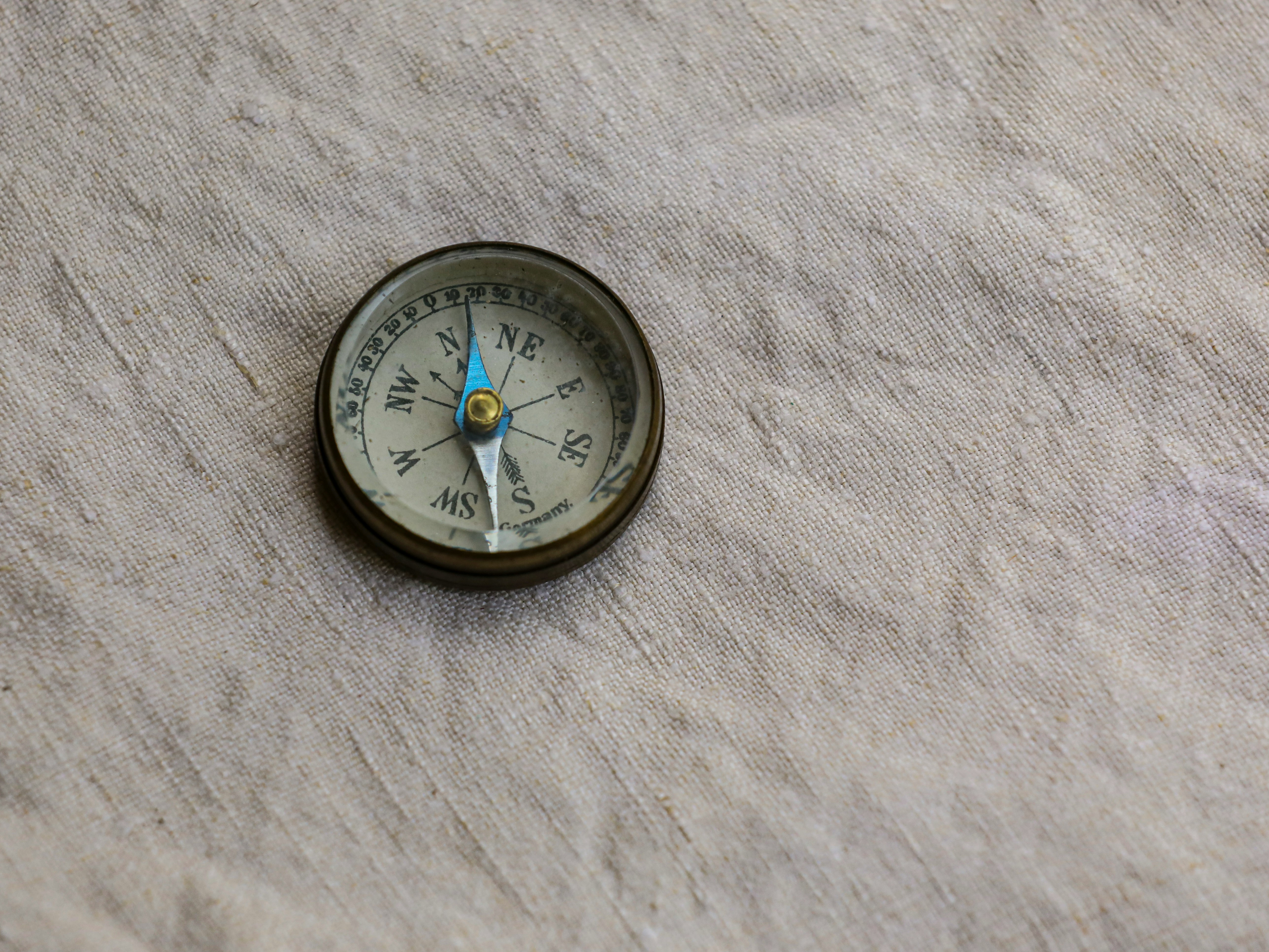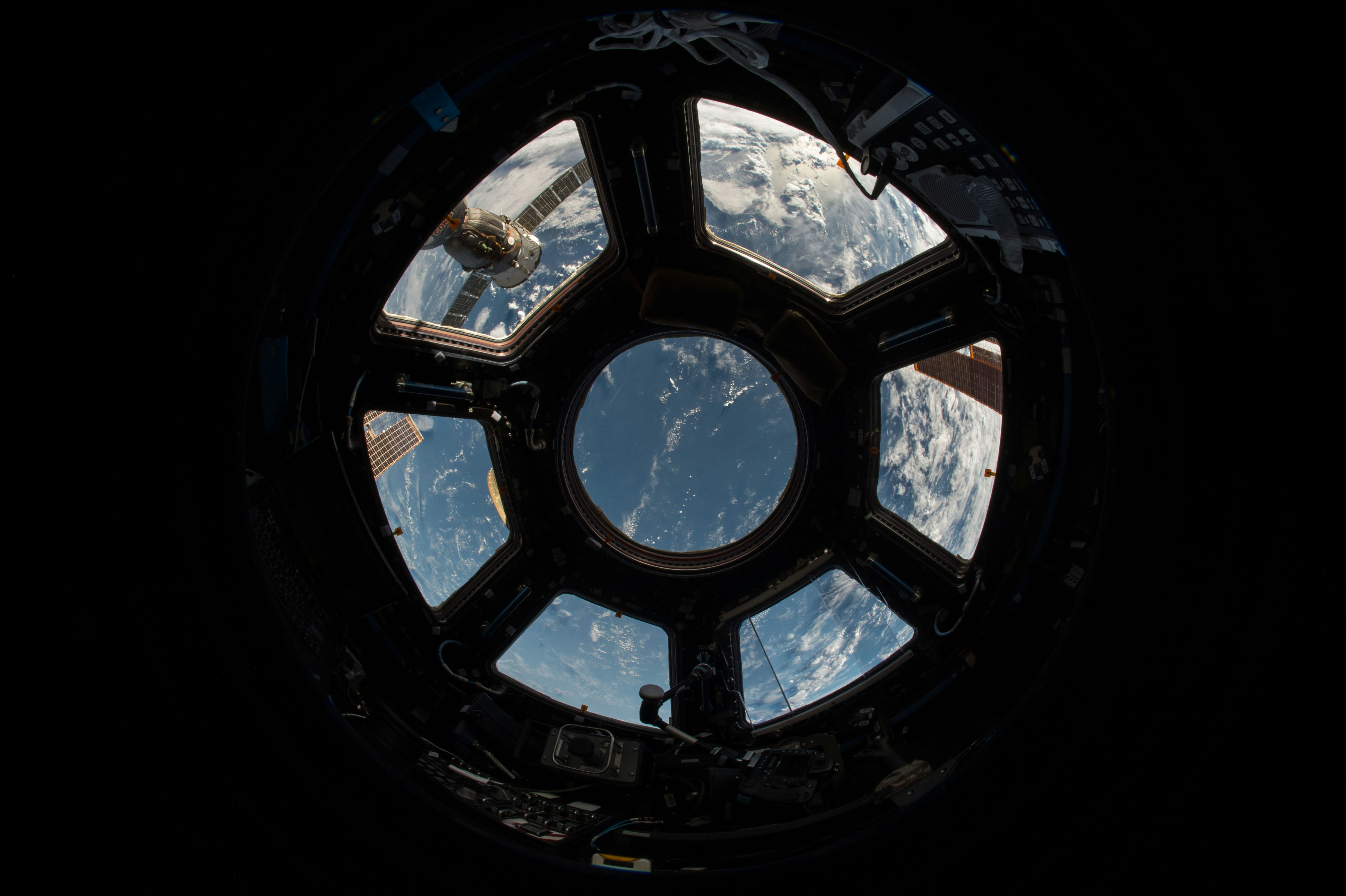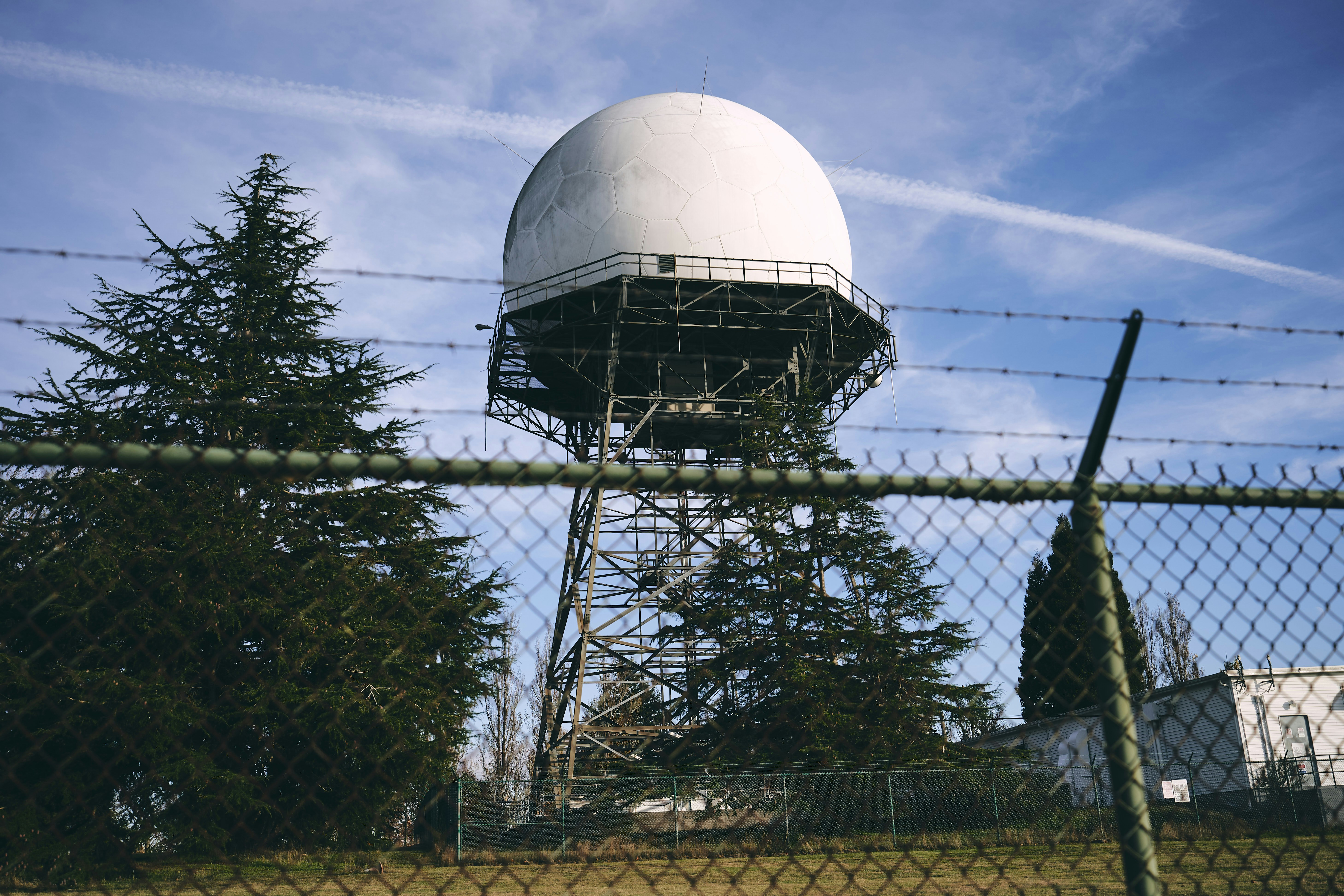Atmospheric Flight Engineer
DEIMOS is selecting 1 engineer to be integrated in the Mission Engineering Business Unit to support new growth areas in the mission and flight engineering for space missions that include atmospheric flight phases (e.g. launch to orbit or return from orbit to ground).
The work of the Mission Engineering Business Unit includes activities in the areas of Mission Analysis and Flight Mechanics with applications from satellites to atmospheric vehicles (e.g. launchers and re-entry vehicles), as well as the associated research, innovation and technology development.
As a matter of reference, DEIMOS has endorsed European level responsibility in a range of projects including:
Launchers and Re-Entry vehicles (ex: IXV and Space Rider programmes, Orbex Prime, EU funded research: RETALT, SALTO, EFESTO, RRTB, EARS) Planetary Entry, Descent and Landing probes (ex: EXOMARS programme) Space Debris including Satellites Design for Demise and Active Debris Removal (ex: DRAMA and SESAM tools)
Main Duties:
The following responsibilities are envisioned, to be progressively planned and allocated to the candidate:
Mission analysis and performance assessments Trajectory optimization for launchers and re-entry Safety analysis (flight segment) Flying qualities analyses Aeroshape design Aerodynamics and aerothermodyamics analyses of innovative flying vehicles, from hypersonic to supersonic and subsonic
Education:
Aerospace/aeronautics Mc degree or PhD
Professional Experience:
Required: Engineer with at least 1 year of experience in the practical application of the domains relevant to the post (relevant PhD studies will also be considered).
The position will be tailored to the level of experience and additional industrial experience would be viewed very positively.
Technical Requirements:
The following capabilities are required for the post:
Solid technical background in the following areas:
Hypersonic and supersonic aerodynamics and aerothermodynamics Computational Fluid Dynamics (CFD) Flying qualities Multi-disciplinary Design Optimization (MDO) Mission analysis for launchers or re-entry vehicles Trajectory design, analysis and performance assessment
Demonstrated experience in:
Aeroshape design Relevant contribution to ESA, EU, national or defence projects
Team coordination Knowledge of software engineering and SW (ex: Fortan, Matlab/Simulink environment and C-programming).
The following capability are also desired:
Knowledge of launch systems, planetary entry systems (capsules, lifting bodies…) and aeronautics systems (aircrafts, UAVs…). Simulation modelling and design, execution and analysis (Monte Carlo, statistical processing…) Safety (Flight Segment) Trajectory optimization.
Language Skills:
High level of English, spoken and written
Personal Skills:
Responsibility towards the customer and workmates Capability to integrate in and work within a team from different geographical locations Technical presentation and reporting skills Initiative, autonomy and self-development
Ref.:


